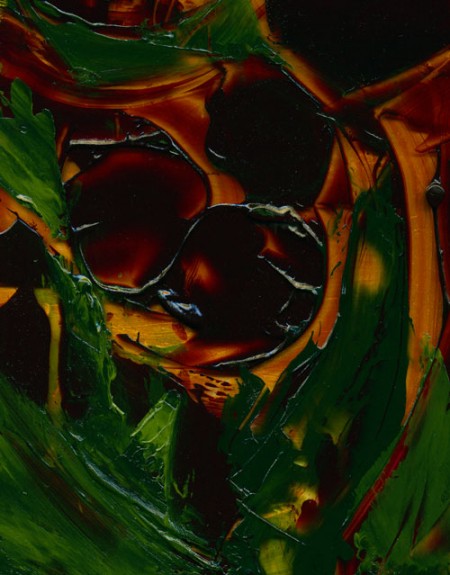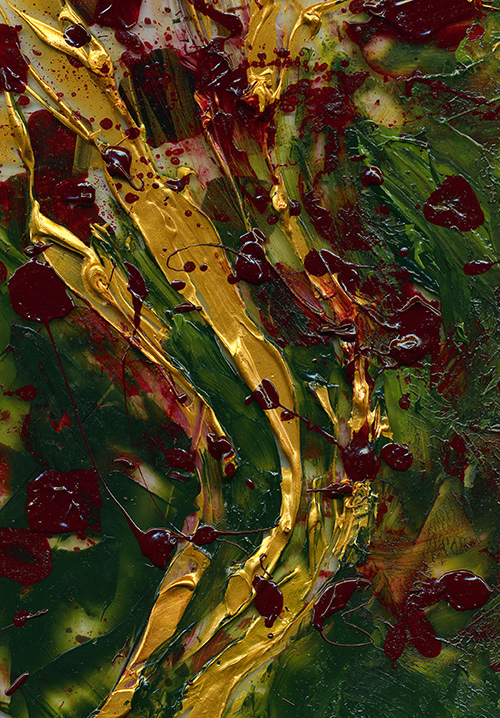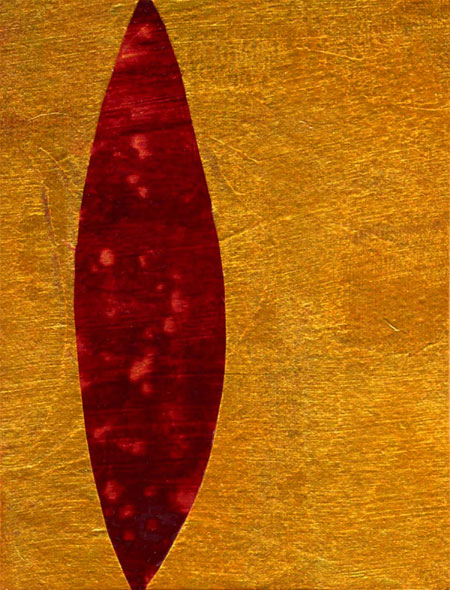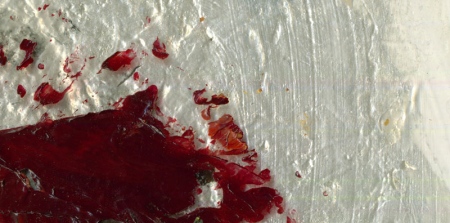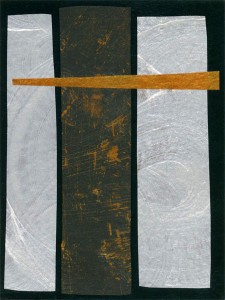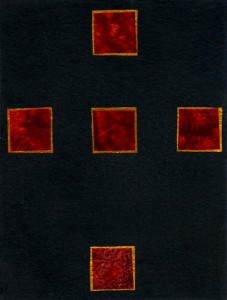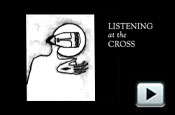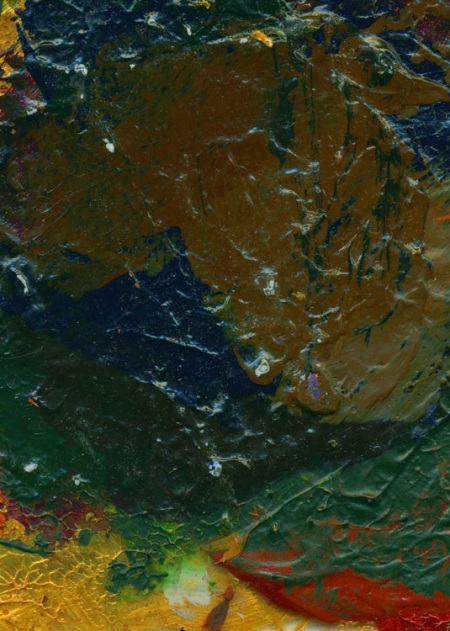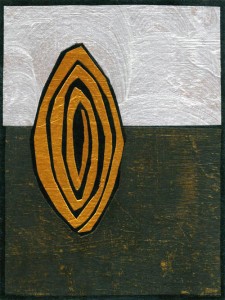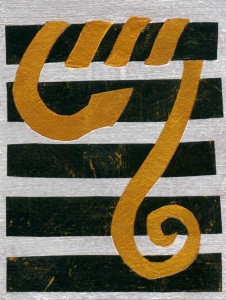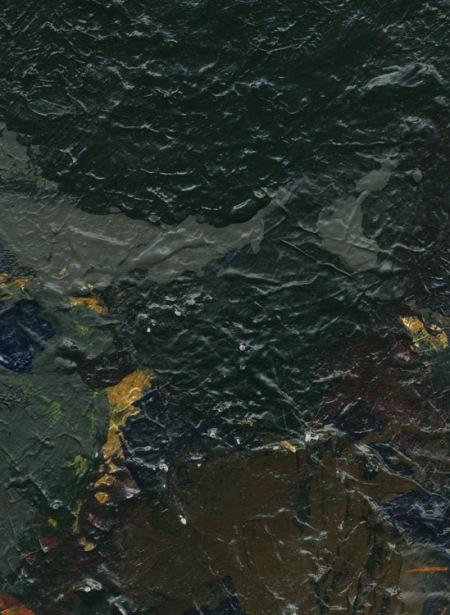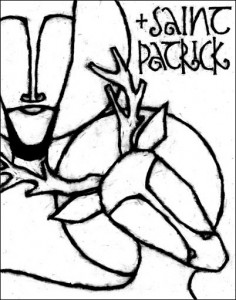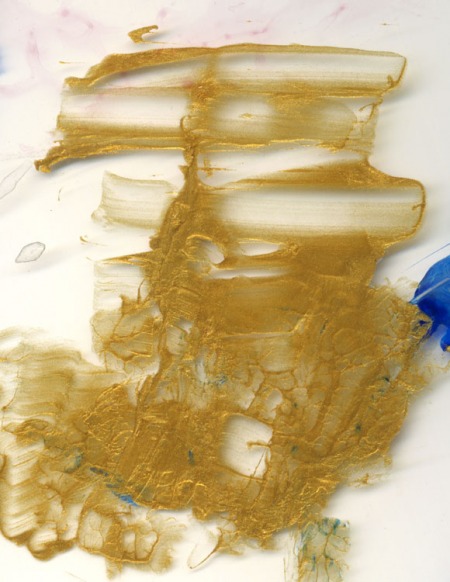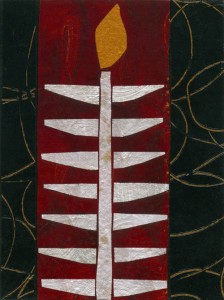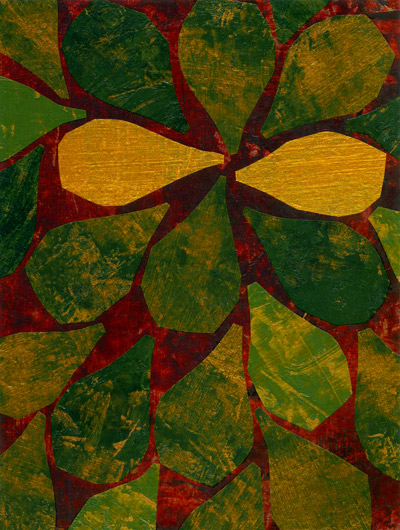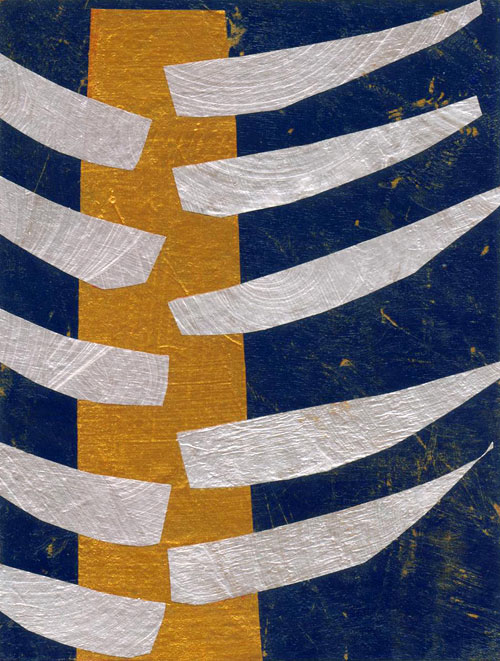Image:
I Do Not Know Where They Have Laid Him © Jan Richardson
But Mary stood weeping outside the tomb. As she wept, she bent over to look into the tomb; and she saw two angels in white, sitting where the body of Jesus had been lying, one at the head and the other at the feet. They said to her, “Woman, why are you weeping?” She said to them, “They have taken away my Lord, and I do not know where they have laid him.”
—John 20.11-13
From a lectionary reading for Easter Sunday: John 20.1-18
Reflection for Easter Day
I never fail to be dazzled by this moment when Jesus calls out the name of the woman whom he finds weeping by his tomb. Mary. At the sound of her name, the Magdalene finally sees and knows who has found her there. It is a stunning moment of recognition.
Yet as I spiral back around this passage this week, what draws my attention is not only the way that Mary Magdalene sees Christ when he calls her name. What tugs at me this time is how, in that moment of hearing her name, Mary Magdalene must see herself.
With an inflection that only Christ could have given to it, his speaking of her name conveys everything: all their history, all that passed between them in their friendship, all that he knows of this woman whom he healed and who, along with other women, traveled with him and sustained him from her own resources. He knows her. He sees her. And now he asks her to see herself as he does.
Mary.
In that moment, and in the call and commissioning that will soon come, the risen Christ gives Mary Magdalene to herself. Not, of course, as if he owns or controls her but because, as ever, he knows her and wants to free her from what would hinder her from the life that God desires for her. Long ago, Jesus had released the Magdalene from the septet of demons that haunted her. (“A demon for every day of the week,” writes Kathleen Norris; “how practical; how womanly.”) Now he releases her again, this time from clinging to him, from becoming entangled with him. Where holding onto him might seem holy, Christ sees—and enables Mary Magdalene to see—that her path and her life lie elsewhere. Beyond this moment, beyond this garden, beyond what she has known. In going, Mary affirms that she has seen what she needed to see: not just Christ in the glory of his resurrection, but also herself, graced with the glory that he sees in her.
In the centuries to come, Mary Magdalene will become layered over with other visions that people have of her: other titles, other depictions, other names. Sinner, prostitute, penitent, bride: the stories and legends of who the Magdalene was and what she became will both fascinate us and frustrate our ability to know her. But on this day, the Magdalene we meet in the garden is simply one who has learned to see, and who goes forth to proclaim what she has seen.
This day, what will we allow ourselves to see: of Christ, of ourselves? How would it be to know ourselves as he does, to see ourselves as he sees us, to know that the risen Christ speaks our name, too, and releases us to tell what we have seen? What will you proclaim as you leave the empty tomb this day?
Seen
A Blessing for Easter Day
You had not imagined
that something so empty
could fill you
to overflowing,
and now you carry
the knowledge
like an awful treasure
or like a child
that roots itself
beneath your heart:
how the emptiness
will bear forth
a new world
that you cannot fathom
but on whose edge
you stand.
So why do you linger?
You have seen,
and so you are
already blessed.
You have been seen,
and so you are
the blessing.
There is no other word
you need.
There is simply
to go
and tell.
There is simply
to begin.
—Jan Richardson
2016 update: “Seen” appears in my new book, Circle of Grace: A Book of Blessings for the Seasons.
For previous reflections for Easter Sunday, click the images or titles below.
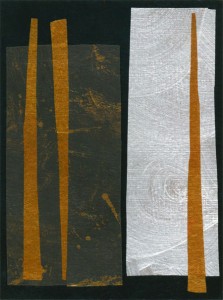
Easter Sunday: Risen
(includes “Easter Blessing”)

Easter Sunday: Out of the Garden
Last year, Gary and I created a video that weaves images from my “Hours of Mary Magdalene” series with his gorgeous song “Mary Magdalena,” which tells of Christ and Mary Magdalene’s encounter on the morning of the resurrection. Click below to see the video.
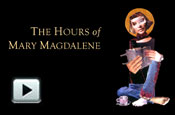
The Hours of Mary Magdalene
[To use the image “I Do Not Know Where They Have Laid Him,” please visit this page at janrichardsonimages.com. To use the “Hours of Mary Magdalene” video, please visit this page. Your use of janrichardsonimages.com helps make the ministry of The Painted Prayerbook possible. Thank you!]
